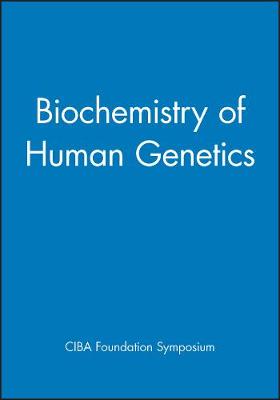Novartis Foundation Symposia
68 primary works • 104 total works
Novartis Foundation Symposium 126 – Selective Neuronal Death
by Ciba Foundation Symposium
Novartis Foundation Symposium 123 – Antidepressants and Receptor Function
by Ciba Foundation Symposium
Recent studies of receptors and of monoamine uptake sites in the brain and the periphery (e.g. in platelets and fibroblasts) are reviewed, with emphasis on alpha and beta adrenoceptors, [3H]imipramine-binding sites and serotonin receptors. The results of monitoring amine metabolites in cerebrospinal fluid and of measuring neuroendocrine, physiological and behavioural responses to pharmacological challenge are presented, providing information on monoaminergic function in depressed patients and experimental animals before, during and after treatment with antidepressant drugs or electroconvulsive shock. Genetic influences on receptor density are also discussed, as is the relevance to human depressive illness of animal models, including stress-induced behavioural depression in rats and responses to social stressors in rhesus monkeys. This book should be of interest to neuropharmacologists, psychopharmacologists, clinical pharmacologists, behavioural scientists, psychiatrists and neuroscientists. Related Ciba Foundation Symposia: No 117 Photoperiodism, melatonin and the pineal Chairman: R. V. Short 1985 ISBN 0 471 91086 4 No 126 Selective Neuronal Death Chairman: H. M.
Wisniewski 1987 ISBN 0 471 91092 9
Ciba Foundation Symposium 167 – Polyfunctional Cytokines – IL–6 & LIF
by Ciba Foundation Symposium
Ciba Foundation Symposium 155 – Myopia & the Control of Eye Growth
by Ciba Foundation Symposium
Novartis Foundation Symposium 178 – The Origins and Development of High Ability
by Ciba Foundation Symposium
Experimental and Theoretical Studies of Consciousness
by Ciba Foundation Symposium
Health Impacts of Large Releases of Radionuclides
by Ciba Foundation Symposium, Herwig Paretzke, Ciba, and Foundation Symposium Ciba
Novartis Foundation Symposium 172 – Corticotropin Releasing Factor
by Ciba Foundation Symposium
Novartis Foundation Symposium 175 – Environmental Change and Human Health
by Ciba Foundation Symposium
Ciba Foundation Symposium – Cellular Biology of Myxovirus Infections
by Ciba Foundation Symposium
Ciba Foundation Symposium – The lifespan Of Animals
by Ciba Foundation Symposium
Ciba Foundation Symposium – Caste and Race – Comparative Approaches
by Ciba Foundation Symposium
Ciba Foundation Symposium – The Nature of Viruses
by Ciba Foundation Symposium










